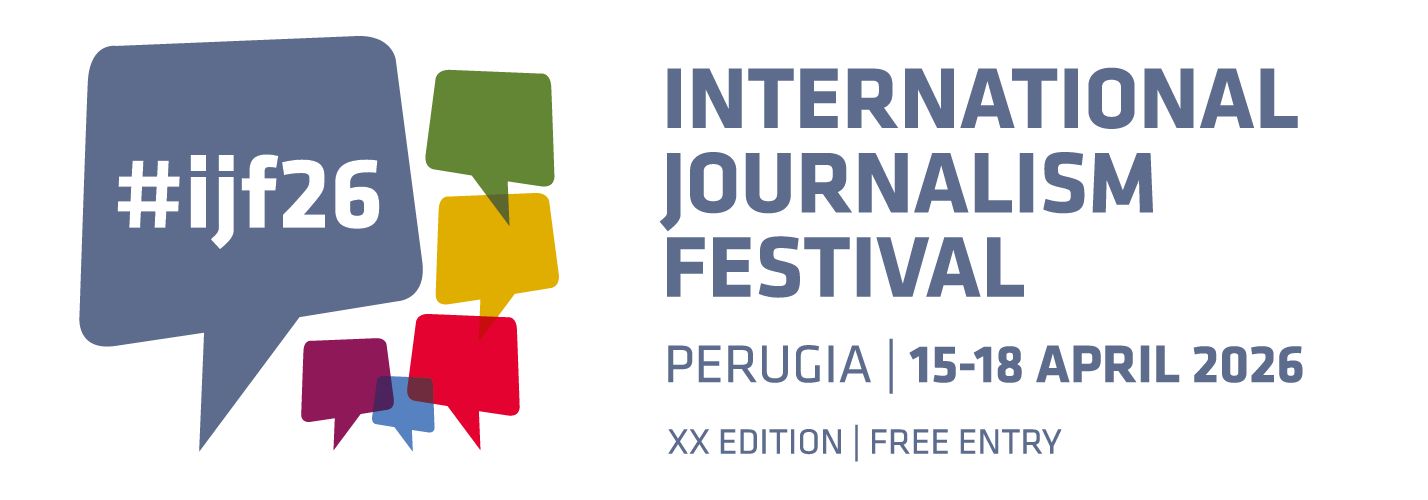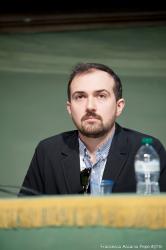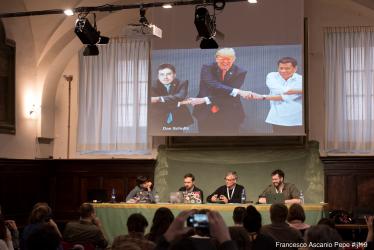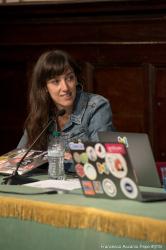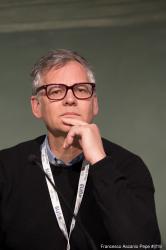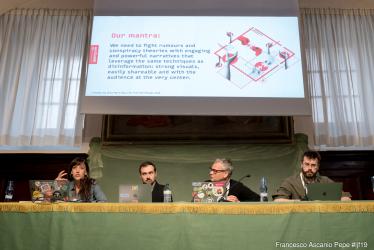In May 2018, a Belgian political party circulated a video of Donald Trump that went viral. The problem? It wasn’t a real video. An example of synthetic media, popularly known as deepfakes, the video seemed to strike a chord with people who believed it was genuine, even though, toward the end, the video was clearly indicated as a fake. Similarly, in July 2018, a false interview of then-US House of Representatives candidate Alexandria Ocasio-Cortez went viral. Rather than a deepfake, it was a cleverly-edited video, designed as parody but often interpreted as a genuine video.
As internet users migrate to more visual platforms like Instagram, YouTube and Twitch, both misinformation and useful information are become more visual, and video is taking the front seat in the challenge for verification. Of particular concern is synthetic media, but of day to day concern are videos cropped, edited and taken out of context. Along this spectrum lie a range of tools and techniques for journalists to detect, debunk and contextualize these videos, using both automated and manual means. This discussion will include an overview of resources to look at include how to lean on trusted sources, archiving, metadata, and what role artificial intelligence can play currently and moving forward.
Organised in association with Meedan.
